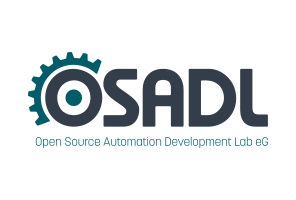When Do Real Time Systems Need Multiple CPUs?
Paul McKenney, IBM Linux Technology Center
Until recently, real-time systems were always single-CPU systems. The prospect of multiprocessing has arrived with the advent of low-cost and readily available multi-core systems. Now many RTOSes, perhaps most notably Linux, provide real-time response on multiprocessor systems.
However, this begs the question as to whether your real-time application should avail itself of parallelism. Furthermore, if the answer is "yes," the next question is what form of parallelism you application should avail itself of: shared memory parallelism with locking and threads, process pipelines, multiple cooperating processes, or one of a number of other approaches.
This paper will examine these questions, providing rules of thumb to help you choose whether your real-time application should be parallel, and, if so, what sort of parallelism is best for you.




